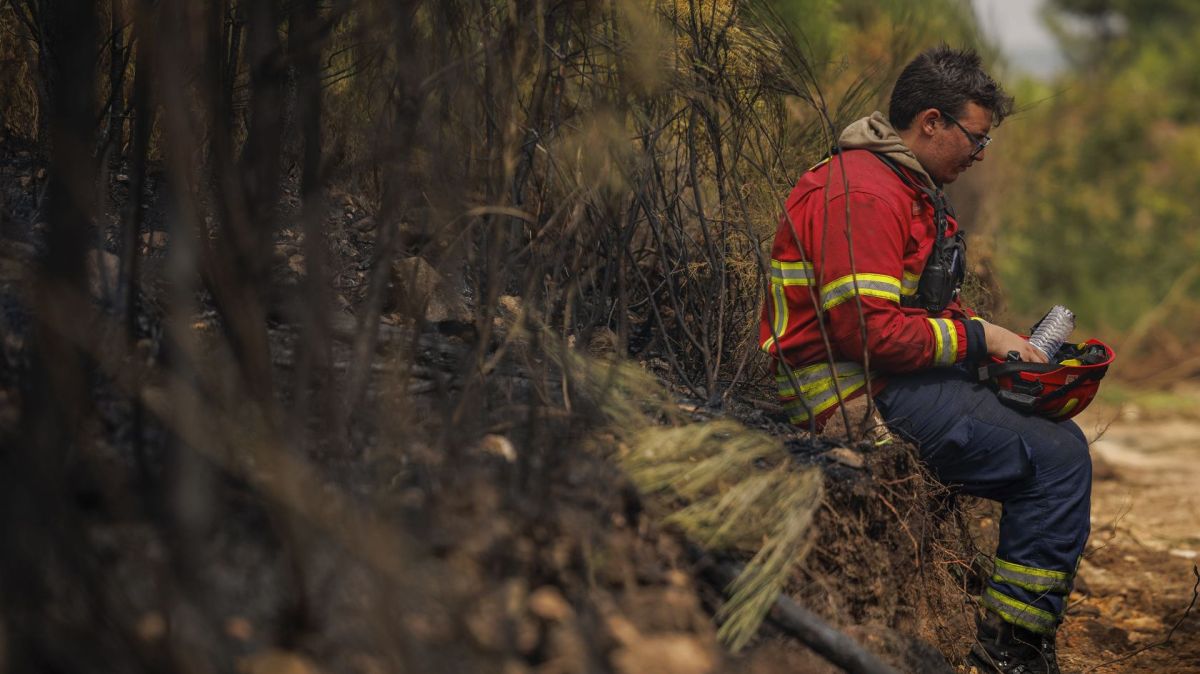For Setúbal, Évora and Beja, the alert is valid from 9am on Wednesday and continues until 6pm on Thursday, according to a statement from the Portuguese Institute of the Sea and Atmosphere (IPMA).
In Lisbon, the alert is in effect between 9am and 6pm on Thursday, due to the hot weather warning, due to the "persistence of high maximum temperature values".
Over the weekend, the IPMA had already warned of a gradual rise in temperatures from Tuesday onwards in mainland Portugal, with an increase in the Rural Fire Danger, the maximum classification of which could affect some municipalities in the south.
In a statement, the IPMA points out that the temperature is "already above the normal climatological values for the month of May in most of the territory, and with a tendency for a gradual increase, more significant on the 29th and 30th".
The maximum temperature should reach values above 30°C in most of the country from the 27th, Tuesday, with the exception of some places on the western coastal strip, and values above 35°C in the South region.
The minimum temperature will also increase, although the IPMA still predicts values below 10 °C in some areas of the North and Center regions until Monday, gradually rising throughout the week to values above 15 °C across the entire territory.
"These climatic conditions will result in a gradual increase in Rural Fire Danger (PIR), with the high or very high PIR classification gradually extending to most regions, and the maximum PIR classification reaching some municipalities in the South, which will result in restrictions on the activities permitted in rural areas", he warns.
According to IPMA, the continuation of hot and dry weather is due to a mass of hot air coming from North Africa, which is why it predicts that the sky will continue to be partly cloudy or clear, with some cloudiness possible during the early morning hours in the North and Central regions, more likely in the first days of the week, and on the coast.
The wind will continue to predominate from the northern quadrant, weak to moderate, being temporarily from the eastern quadrant during the early morning, sometimes blowing strongly on the western coast and highlands, especially during the afternoon, with a tendency to weaken and greater predominance of the eastern quadrant on the 29th and 30th, days in which the transport of the hot and dry air mass will be more significant, he adds.
The ultraviolet radiation index will remain at very high values, as expected at this time of year, close to the summer solstice and given the absence of cloudiness.














